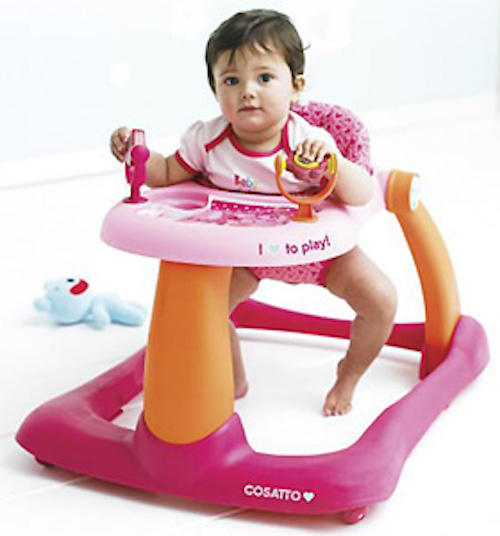How to discipline a child without being abusive
Alternatives to Spanking - NIU
Before delving into this heavy topic I want to say, parenting is hard. Period. It can be a difficult, exhausting and an unappreciative job! It is normal to feel frustrated, angry, upset and sometimes alone as we work through tough parenting decisions. Know that the teachers here do understand all of those parenting related feelings. That’s why I am writing about and presenting this information, to give you alternatives and acknowledge what you do as parents, on a daily basis, isn’t always easy.
In this article I will define and clarify what spanking is; address five reasons not to use spanking; I will share alternatives to spanking, and lastly share tips and pointers to help you during those stressful times.
What is spanking? It is a form of corporal punishment. It includes whoopin’, slapping, grabbing, popping, smacking… handling your child roughly in any way is a form of corporal punishment. FYI - If you hit your child with any object (belt, brush, fly swatter, wooden spoon) it falls under the U. S. definition of abuse. Corporal punishment is the use of physical force with the intention to cause a child to experience pain, but not injury, for the purpose of correction or the control of the child’s behavior. Which leads me to an interesting fact; in the U.S. we are not allowed to perform corporal punishment on any inmate in our correctional system. It is illegal to do so. But, corporal punishment against a child is overlooked time after time. It is socially sanctioned.
So, why should you not spank your child? Here are five points I pulled from a recent seminar I attended at a CAEYC conference presented by Michele Knox Ph.D., Associate Professor of Psychiatry at the University of Toledo, College of Medicine, and Margarita Hernandez, Program Coordinator for Pillars‐Safe From the Start called “I was spanked and I turned out okay.”
- Spanking has limited control. Two out of the five studies that were presented showed decreased compliance. The studies actually supported the fact that children who were guided by parents and caregivers who used firm verbal directives and discipline had a higher level of compliance.
 Children who are spanked were found to have a lower moral internalization. That means when parents are away those children are far less likely to make good choices and do what they are supposed to do. Also, most cases of abuse began with socially sanctioned discipline. It’s difficult to show our children how to maintain control over their choices when we are using a form of discipline that leads adults to lose complete control.
Children who are spanked were found to have a lower moral internalization. That means when parents are away those children are far less likely to make good choices and do what they are supposed to do. Also, most cases of abuse began with socially sanctioned discipline. It’s difficult to show our children how to maintain control over their choices when we are using a form of discipline that leads adults to lose complete control. - Children who are spanked are more aggressive. Another result of one of the studies presented at this workshop stated that children who were hit at three years of age were 50% more aggressive at age five. Other findings were as follows:
- delinquent behaviors increased
- there were medium amounts of damage that occurred to the parent/child relationship;
- there was a worsened state of children’s mental health;
- there was an increase in physical abuse towards children;
- increase in adult aggression;
- increase in adult criminal behavior;
- small increased risk of abuse towards their own spouse and/or children.
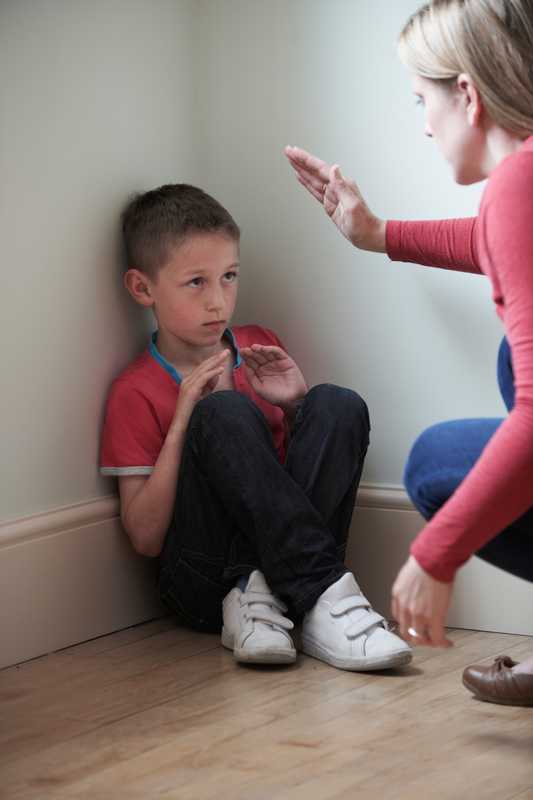
- Children who are spanked have lower IQs. Children who were re‐directed by using other forms of guidance or discipline were shown to have an IQ score of five points higher than children who were spanked. Why? Corporal punishment or the constant threat of violence is stressful! When individuals are under that amount of stress has a negative effect on brain development. During the act of spanking a child, zero learning can occur.
- What does spanking teach your child? Number one… spanking teaches children that violence is okay. It says that when others aren’t doing what you want them to do hitting them is the solution. When you spank you are teaching your child to be anxious and aggressive. Spanking displays to children that they are not worthy to live with the freedom from violence and aggression like adults are. It was only approximately 50 years ago that beating your wife was socially sanctioned and expected. Now, we as women can fully expect that freedom.
 It was “during the 1960s, the women's liberation movement began drawing attention to violence committed against women, and the battered women's movement began to form.” (Source: http://www.answers.com/topic/domestic‐violence)
It was “during the 1960s, the women's liberation movement began drawing attention to violence committed against women, and the battered women's movement began to form.” (Source: http://www.answers.com/topic/domestic‐violence) - "I was spanked and I turned out okay." You are probably right but stop and think:
- You would have turned out fine even if you weren’t spanked (and your childhood would have been a lot less painful).
- Not all kids who were spanked turned out bad – but why take a chance? Do your best as a parent to ensure your child will have the best future you can offer.
- Back then we didn’t know any better… now we do!
If this article is all about not spanking then we as parents need rational alternatives to spanking, as well as ways to deal with what can be frustrating moments during our parenting journey. So here are some tips, ideas and suggestions. Hopefully you can each find something that works and apply to other parenting strategies!
Ten Alternatives To Spanking By Destry Maycock
(article source: http://www. EzineArticles.com)
EzineArticles.com)
Spanking is only a temporary solution to ongoing problems. Spanking usually leaves a child wondering, "what should I do differently so I don’t get hit again?". Seldom are spankings followed by instruction on what the child needs to do or stop doing. It generally is nothing more than a release of the parent’s frustration directed toward the child. It teaches a child to comply because of fear rather than a sense of what is right or wrong. It teaches children that violence is an acceptable way to solve their problems. Children who are spanked often have a greater risk of low self‐esteem, aggression, lying, cheating, depression and bullying. Spanking sets the example that it is okay to hit when a person is upset or angry.
Below are ten alternatives to spanking that you might find helpful.
- Give choices. A choice gives some control back to the child on the parents’ terms. Parents who are really good at providing choices have children who are more compliant and good at making decisions!
- Take a timeout.
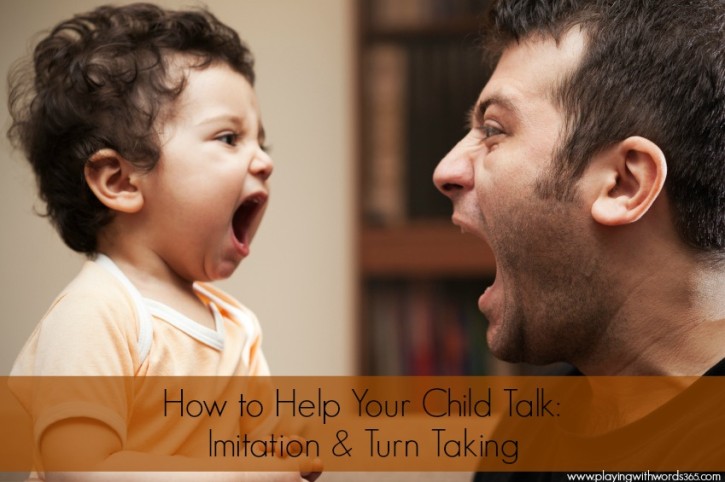 Yes, you the parent walk away. It is perfectly okay to say. “I’m too upset to deal with you right now; we will talk about this later.”
Yes, you the parent walk away. It is perfectly okay to say. “I’m too upset to deal with you right now; we will talk about this later.” - Get someone else involved. If you feel like your child has got you so angry that you may not be in control, then ask someone else to help you who is not as intimately involved in the situation. This reduces the likelihood that you will strike your child.
- Teach them what you expect. Instead of punishing them for misbehaving, teach them what they can do differently. Tell them, “Next time, please hang your coat up in the closet! How can we help you remember to do this?”
- Recognize their positive behaviors. So, when they hang up that coat tell them how much you appreciate that! Too often parents only notice their children’s misbehaviors and disregard the things they do well.
- Timeout. The general rule is one minute for every year of their age. The setting where the timeout takes place isn’t as important as the fact you are tying the misbehavior to the consequence.
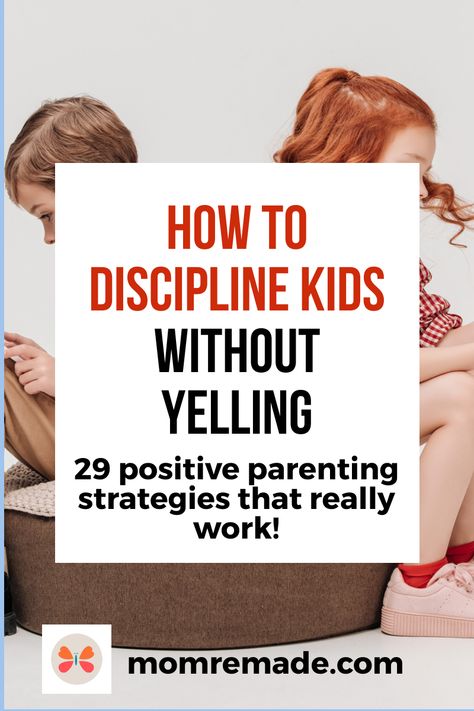 Try to make it a place that is quiet and the child is unable to get your attention or be unintentionally rewarded. If a child is having a tantrum then their time should start when they have calmed down and can keep it under control for the duration of the timeout.
Try to make it a place that is quiet and the child is unable to get your attention or be unintentionally rewarded. If a child is having a tantrum then their time should start when they have calmed down and can keep it under control for the duration of the timeout. - Consequence. Providing a logical consequence is often very effective. Always tie the consequence back to the misbehavior. “I would like to be able to take you to the store but remember the last time how you ran around the store and wouldn’t listen to me. Well, I am not up for that. You are staying home with _____. Maybe next time you will be able to listen and you can go with me.”
- Pick your battles. Pick the top four things that you just can’t tolerate and focus on disciplining them just for those four behaviors. This lets your child know what is really important to you and you don’t come across as if you are disciplining them for every little infraction.
- Set limits. Instead of telling your children what to do try telling them what you are going to do or allow.
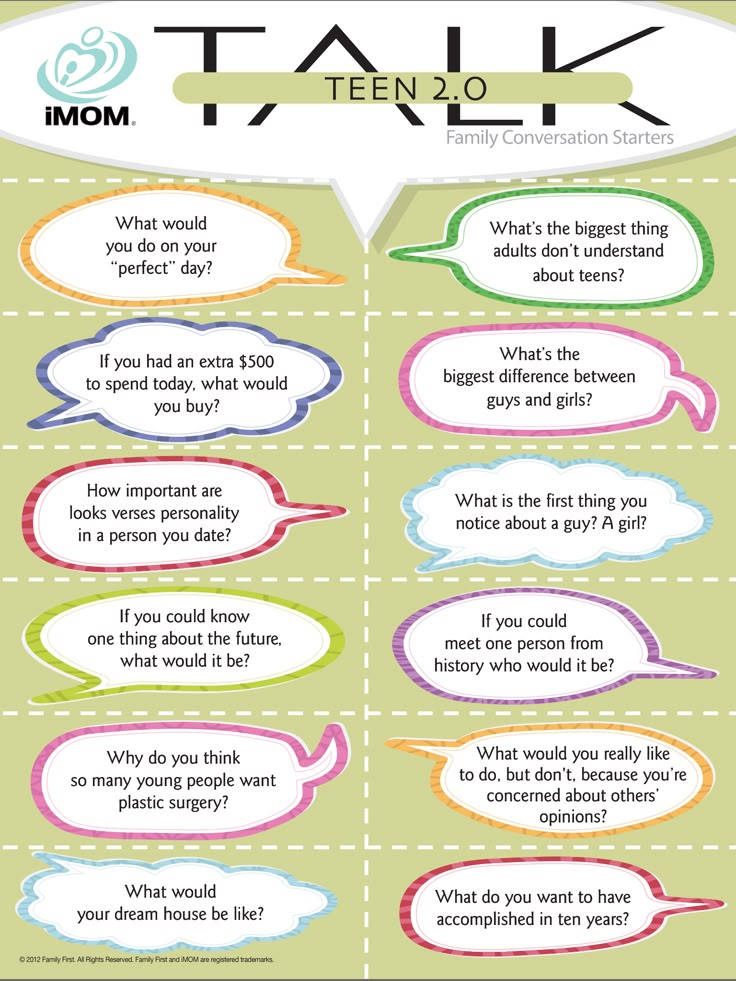 “I will be happy to take you to your friends when you have finished your chores.”
“I will be happy to take you to your friends when you have finished your chores.” - State your request in the positive. Have you ever noticed how we usually make a request or give directives in the negative? The first thing your child hears… what they can’t have. Just by changing the structure of how you make request will increase your child’s cooperation. Try stating things in the positive by telling them what they can have or what you will allow. They are less likely to argue when you are telling them what they can have or what you will allow.
12 Simple Alternatives to Lashing out at Your Child
- Take a deep breath… and another. Then remember you are the adult.
- Close your eyes and imagine you are hearing what your child is about to hear.
- Press your lips together and count to 10… or 20.
- Put your child in a time‐out chair (one minute for each year of their age).
- Put yourself in a time‐out chair.
 Think about why you are angry; is it your child, or is your child simply a convenient target for your anger?
Think about why you are angry; is it your child, or is your child simply a convenient target for your anger? - Phone a friend.
- If someone can watch the children, go outside and take a walk.
- Take a hot bath or splash cold water on your face.
- Hug a pillow.
- Turn on some music. Maybe even sing along.
- Pick up a pencil and write down as many helpful words as you can think of. Save the list.
- Call 1‐800‐4‐A‐CHILD
Additional and Informative Sites and Resources
- www.zerotothree.org
- www.stophitting.org – provides a lot of religious clarification about spanking.
- Greene, Ross. The Explosive Child
- Barkley, R. The Defiant Child
- Parents Raising Safe Kids, actagainstviolence.org
Teaching Discipline Without Abuse
Discipline, Abuse, and Power: Five Years of Headlines
About five years ago, the news media burgeoned with disturbing news about domestic partner abuse and child abuse.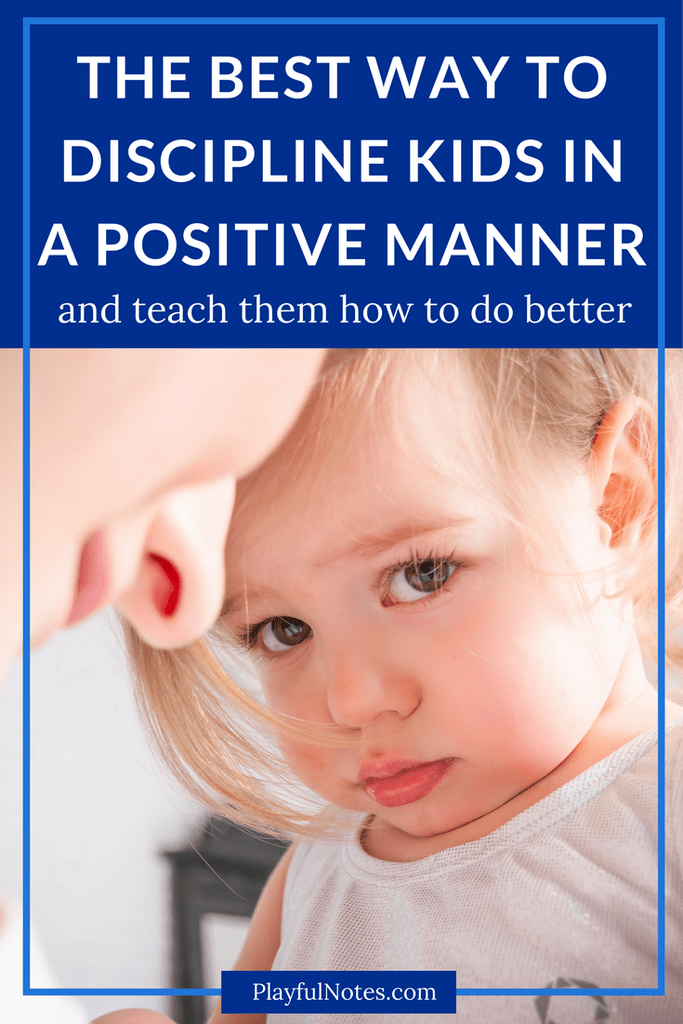 Then the 2016 presidential election and all the attendant drama immediately following it drowned all that out. In light of the #metoo movement and the rollercoaster of domestic and international drama playing out today, it’s easy to forget the frenzy of coverage that surrounded National Football League stars like Ray Rice of the Baltimore Ravens and Adrian Peterson of the Minnesota Vikings. Their stories dominated headlines for months, and the issues they brought up are as important now as they were then.
Then the 2016 presidential election and all the attendant drama immediately following it drowned all that out. In light of the #metoo movement and the rollercoaster of domestic and international drama playing out today, it’s easy to forget the frenzy of coverage that surrounded National Football League stars like Ray Rice of the Baltimore Ravens and Adrian Peterson of the Minnesota Vikings. Their stories dominated headlines for months, and the issues they brought up are as important now as they were then.
Nowadays, we’ve got our minds on other things.
Disturbing Images
A quick reminder: a security camera caught Ray Rice punching his fiancée in the face and dragging her from an elevator, while Adrian Peterson was charged with “reckless or negligent injury to a child” for beating his four-year-old son with a switch. Prosecutors dropped the charges against Ray Rice after he agreed to undergo counseling. Adrian Peterson pled “no contest” to the charges against him, paid a $4,000 fine, went on probation, and performed 80 hours of community service. Peterson has since returned to the NFL, while Ray Rice has not.
Peterson has since returned to the NFL, while Ray Rice has not.
The shocking news of that year can be thought of as prelude to the media events of the past two years, which have been filled with even more shocking stories of interpersonal violence and abuse by those in power against those unable to speak out or defend themselves. The stories of 2014 received national attention and laid the groundwork for debate about critical questions we all need to face in order to ensure the safety of our families and children as we move forward in the 21st century. This article will focus on the primary question related to the abuse allegations in the Adrian Peterson situation: how do you effectively discipline your child without abusing your child?
Corporal Punishment of Children in the U.S.
According to the letter of the law, corporal punishment of children is legal in all 50 states in the U.S. and legal in schools in 19 states. An example of the typical wording of state law regarding corporal punishment can be found in the current statute in New Hampshire:
“A parent, guardian, or other person responsible for the general care and welfare of a minor is justified in using force against such a minor when and to the extent that he reasonably believes it is necessary to prevent or punish such a minor’s misconduct.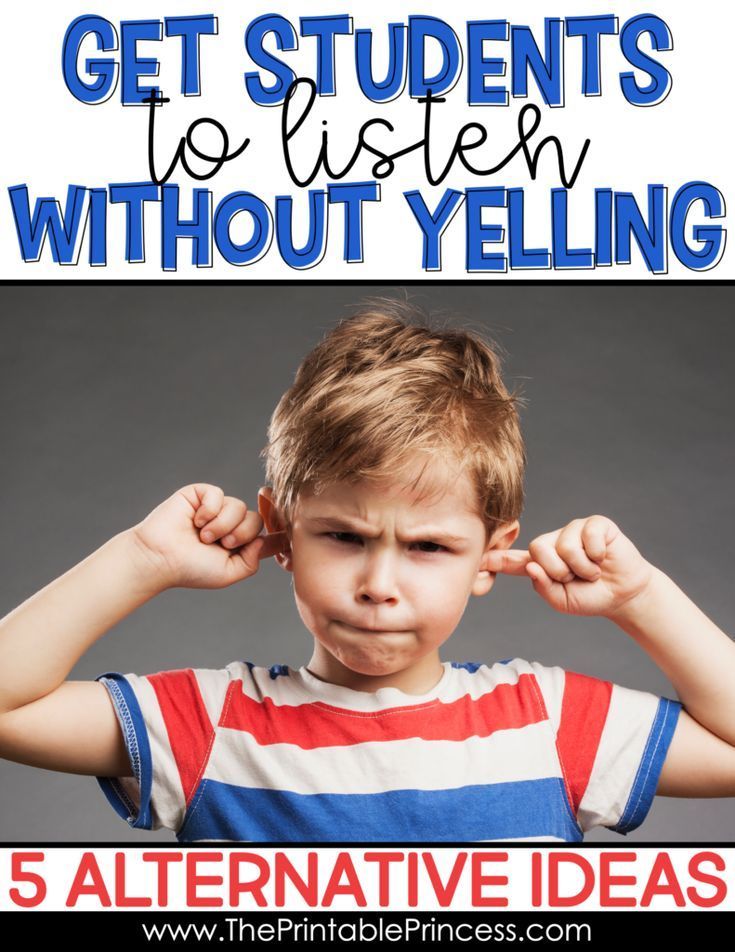 ”
”
It’s interesting to note that the New Hampshire law does not specify limits on corporal punishment. Other states, however, such as Hawaii, place limits on corporal punishment, specifying that the punishment must not “…cause substantial bodily injury, disfigurement, extreme pain or mental distress, or neurological damage.” The latitude allowed by the courts brings up an important point. While the judicial system does feel a compelling interest in protecting the fundamental rights and safety of children, it does not want to intrude on families. The courts shy away from placing excessive restrictions on how families discipline their children.
It’s safe to say that the courts don’t feel justified in telling anyone how to raise their children. Therefore, the burden is placed entirely on each individual family to discuss whether any form of corporal punishment is acceptable, from spanking and paddling to slaps on the wrist – all of which, according to a report from the University of North Carolina published in 2010, are still common occurrences in the U. S.
S.
Times Change
The most difficult part of discussing the issue of corporal punishment is the fact that many adults who are now parents or teachers grew up being spanked, paddled, switched, or worse. Adults who grew up with spanking and similar forms of corporal punishment often think, “Well, I turned out just fine, so it obviously can’t be all that bad.” Criticizing the actions of our parents can feel like questioning their underlying character, which makes many of us uncomfortable.
However, history, even very recent history, is filled with examples of things which used to be commonplace but are no longer acceptable. We change, and with change comes challenge. Compare social circumstances of fifty years ago with those of today. It’s easy to see the growing pains it took us to get here.
There’s no need to catalog every step of our journey through the Civil Rights Era, the Women’s Rights Movement, and the revolution in attitudes toward same-sex marriage and LGBTQ rights to remember it was not a walk in the park.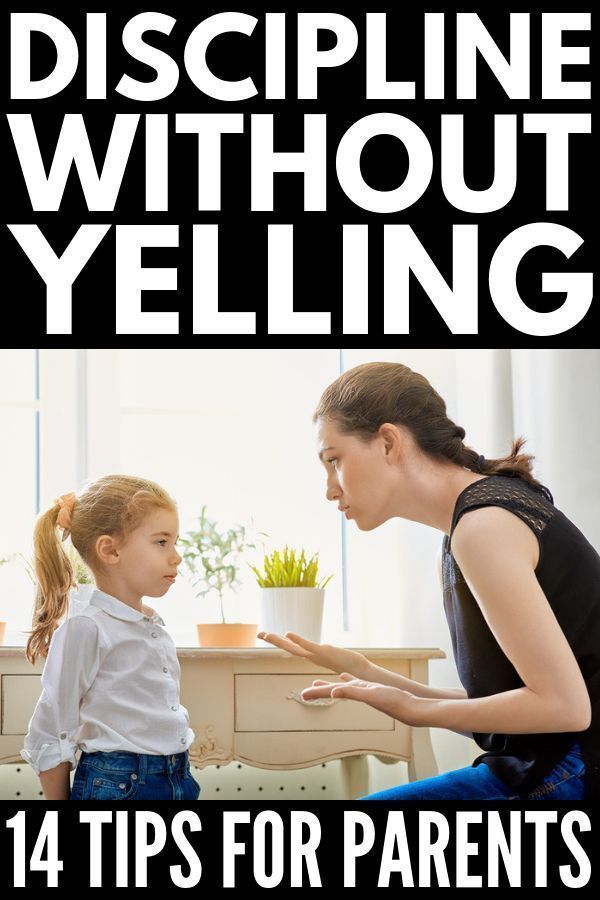 Suffice it to say that we’ve come a long way. It hasn’t been easy. And we still have a long way to go. The same holds true for the ways in which we educate and discipline our children. We’re better now than we were fifty years ago – mostly. But we can still benefit from examining our behavior and attitudes, learning where they came from, and deciding if the way we do things helps or hurts our kids.
Suffice it to say that we’ve come a long way. It hasn’t been easy. And we still have a long way to go. The same holds true for the ways in which we educate and discipline our children. We’re better now than we were fifty years ago – mostly. But we can still benefit from examining our behavior and attitudes, learning where they came from, and deciding if the way we do things helps or hurts our kids.
What the Research Says
The overwhelming preponderance of research suggests corporal punishment is not an effective long-term disciplinary strategy for children. The American Academy of Child and Adolescent Psychiatry (AACAP) and The American Psychoanalytic Association (APsaA) have taken official positions against its use. In a comprehensive study on the effects of physical punishment on children in the United States, “Report on Physical Punishment in the United States: What Research Tells Us About Its Effect on Children,” researcher Elizabeth Gershoff discovered that children who experienced corporal punishment were associated with problems in the following areas:
- Antisocial Behavior
- Aggression
- Delinquency
- Quality of parent-child relationships
- Overall Mental Health
- Ability to understand socially acceptable behavior
How to Discipline Children Without Abuse
The most common time for parents or teachers to use physical punishments on children is when they, themselves, feel angry. Therefore, the first thing adults should do when they want to use corporal punishment is take a deep breath. Then, they should revisit the situation when they feel less emotional. Once the air is clear, the APsaA recommends the following strategies:
Therefore, the first thing adults should do when they want to use corporal punishment is take a deep breath. Then, they should revisit the situation when they feel less emotional. Once the air is clear, the APsaA recommends the following strategies:
- Talk to children about their behavior. Listen to what they have to say about how they’re acting. Explain why their behavior is undesirable and why you want them to change it. This will teach them to use words as opposed to physical violence to solve problems. It will also teach them to discuss their emotions in a productive and proactive manner.
- Teach rather than Punish. View each discipline moment as an opportunity to teach children about how to successfully manage their behavior. Explain the why behind rules and consequences rather than making and enforcing them like an autocrat. This way, children learn to follow rules because of the underlying principles behind them. They don’t simply follow rules to avoid punishment.

- Reward the Positive. This is as true for teenagers as it is for preschoolers. Children respond well to positive praise. Praise boosts their feelings of self-worth while teaching them the difference between acceptable and unacceptable behavior. Side note: this works for adults, too.
- Lead by Example. Anyone who works with children knows they mostly do what you do, rather than what you say. Therefore, it’s always crucial for adults to model the behaviors they want children to display. Otherwise, children will experience a disconnect between the words and actions of the adult. In which case they will almost always default to the behavioral example rather than the verbal admonishments.
Corporal Punishment in the United States: Is it Time For a Change?
More than 30 countries around the world have laws in place which prohibit using corporal punishment on children altogether, and over 70 countries have laws in place which prohibit using corporal punishment in schools.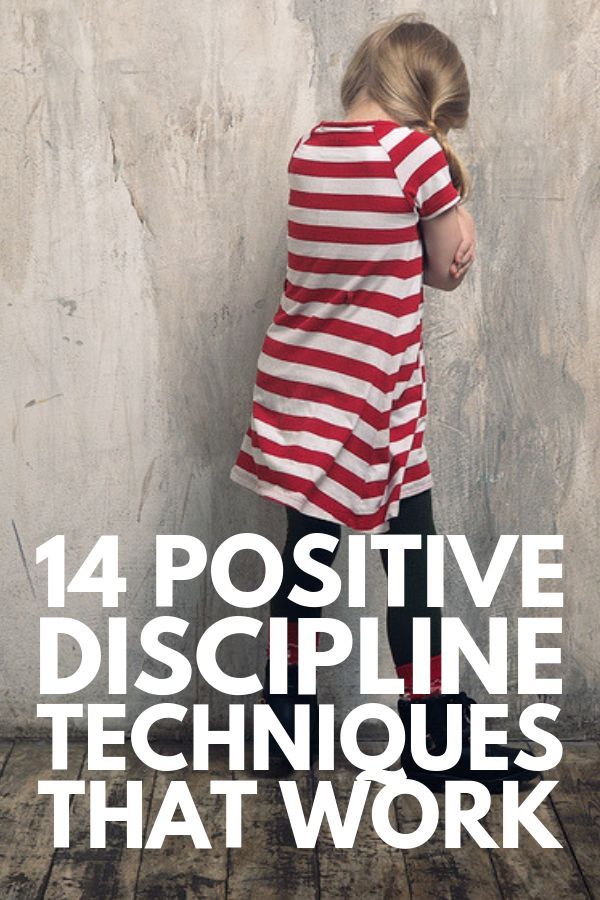 In the U.S., we see individual liberty and freedom from government scrutiny fundamental tenets of our society. No national law against corporal punishment exists, and over a third of our states allow corporal punishment in schools.
In the U.S., we see individual liberty and freedom from government scrutiny fundamental tenets of our society. No national law against corporal punishment exists, and over a third of our states allow corporal punishment in schools.
In the U.S., we’re generally reluctant to invite the government into our lives. We resist placing federal guidelines on the rights of our states to manage their own educational systems. But the worldwide trend toward reconsidering traditional views on the corporal punishment of children gathers momentum with each passing year. In the U.S., children’s mental health experts agree: corporal punishment is detrimental to the overall physical, emotional, and psychological well-being and development of children. The question of whether use it or not should be revisited in every family and school across the country. Our children and students are counting on us as adults to formulate a reasonable, logical, and responsible answer.
Angus Whyte
Angus is a writer from Atlanta, GA.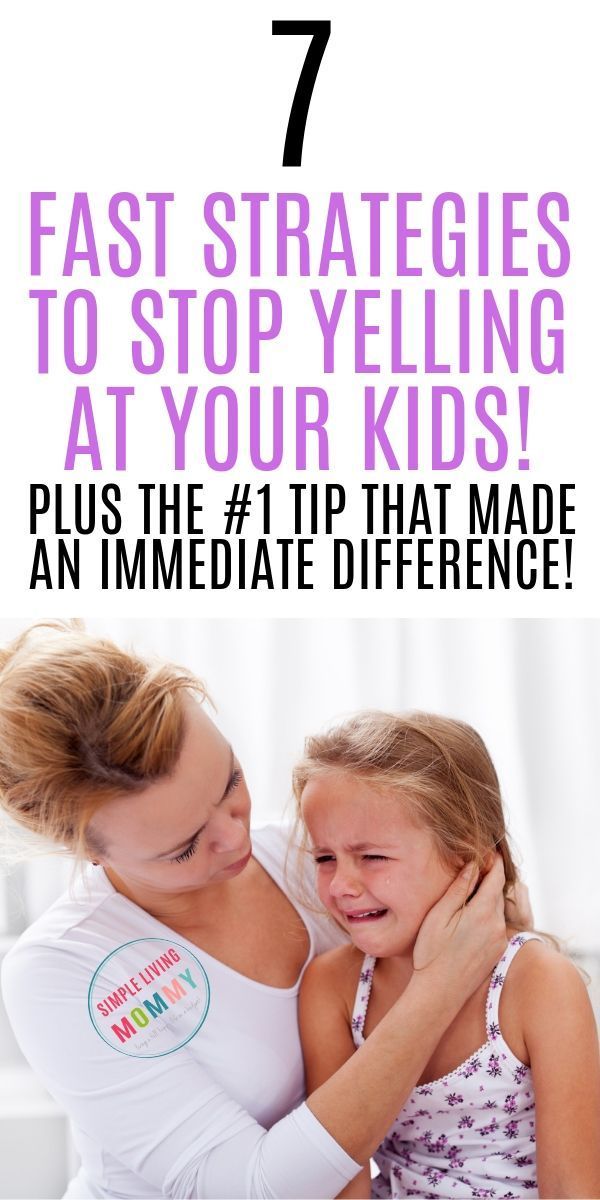 He writes about behavioral health, adolescent development, education, and mindfulness practices like yoga, tai chi, and meditation.
He writes about behavioral health, adolescent development, education, and mindfulness practices like yoga, tai chi, and meditation.
For parents. Principles and rules of punishment
Home / Outside of studies / Psychological service / For parents. Principles and rules of punishment
- Parents must determine for themselves what they want and what they do not want to see in their child's behavior. And he, in turn, must also know what is acceptable in his actions and what is not. Only under this condition will the punishment be perceived as fair. There should not be too many rules, and they should be clear to your child. Then they will be easy to follow.
- The child must understand why he is punished. First, talk to him, recall the rules that were established and which he violated, tell what his actions and deeds led to punishment, and be sure to listen to his explanations. If at this moment he is in a state of anger, irritation, for example, when he had a fight with someone, was very offended by someone and shows aggression, stop him, try to keep him, do not let him act.
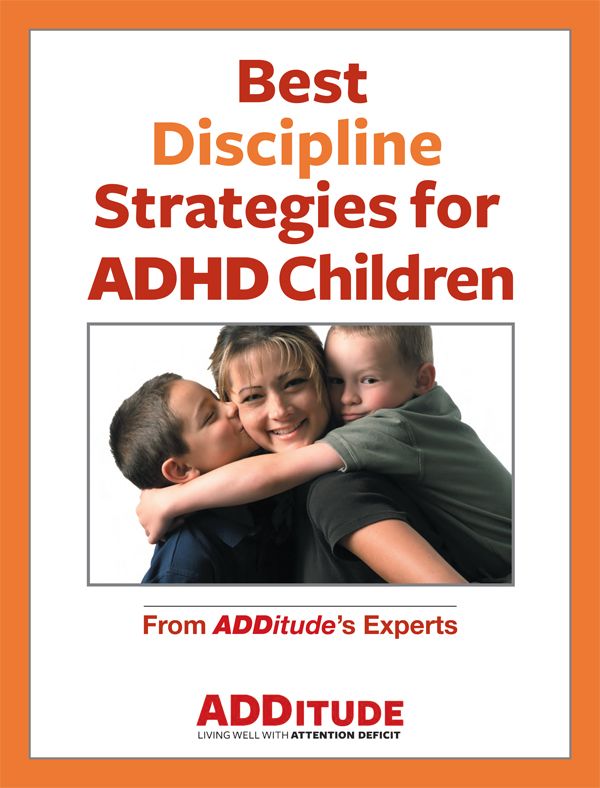 Only when he calms down a bit, you can talk to him.
Only when he calms down a bit, you can talk to him. - You must not humiliate a child, use negative epithets and insults: “You will never make a normal person”, “Your hands do not grow from there”, “You are the same as your father”, “Why did I give birth to you”, etc. . It is necessary to evaluate not the personality of the child, but only his offense. After all, there is a fairly constructive and effective way of expressing your dissatisfaction, while telling what emotional response they evoked in you, this is called “I-statement”: “Today it hurts me a lot because you offended my grandmother”, “I am upset with your behavior in a technical school, and I was very ashamed to hear from the teachers about you and your behavior.
- And in general, try to talk with your children as often as possible, at every opportunity, place emphasis on what is happening, discuss daily events, his actions.
- When punishing a child, do not shout, do not get angry: you cannot punish when you are in a fit of anger, annoyed when the child has fallen "under a hot hand.
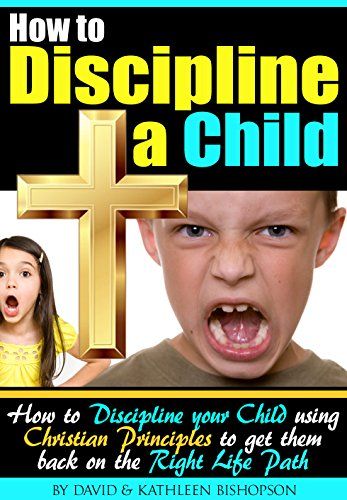 " It is better to cool down yourself, calm down and only then punish the child.
" It is better to cool down yourself, calm down and only then punish the child. - The defiant, demonstrative behavior of the child, obvious disobedience must be answered confidently and decisively. You need to be ready for this and firmly make demands that would limit such behavior. This should not be ignored. He must realize that this is unacceptable.
- In the family there must be a unity of views on the process of raising and punishing a child. All adults should have the same requirements for the child. If something is impossible, then it really is impossible. And if one parent forbids something and punishes for it, and the other allows it, then very quickly he learns to manipulate adults.
- We need your consistency in actions, and not the banal punishment of the child from case to case. It is impossible to punish today for some kind of misconduct, and tomorrow, when mom will have no time, do not pay attention to the same thing. If so, over time, your prohibitions will not be taken seriously.

- No need to punish a child twice for the same offense. When punishing children, do not remember past misconduct, remember that you are punishing for a specific act that was committed right now.
- With any punishment, the child must not be deprived of the satisfaction of his physiological and biological needs (for example, to deprive him of sleep, food).
- Some parents, when punishing their child for some misdeeds, use as a punishment a reinforced “outfit” in the kitchen, additional classes in some academic subject. But this is not desirable. Firstly, it can develop a stereotype in children that work is a punishment. And secondly, it will form a negative attitude towards this type of activity.
- In any punishment, the child must be sure that he is still loved, and even being punished, he is not left without parental love. When the conflict is settled and the term of punishment has expired, it is necessary to make peace with each other. Explain to him again why he is being punished and how he should act next time.
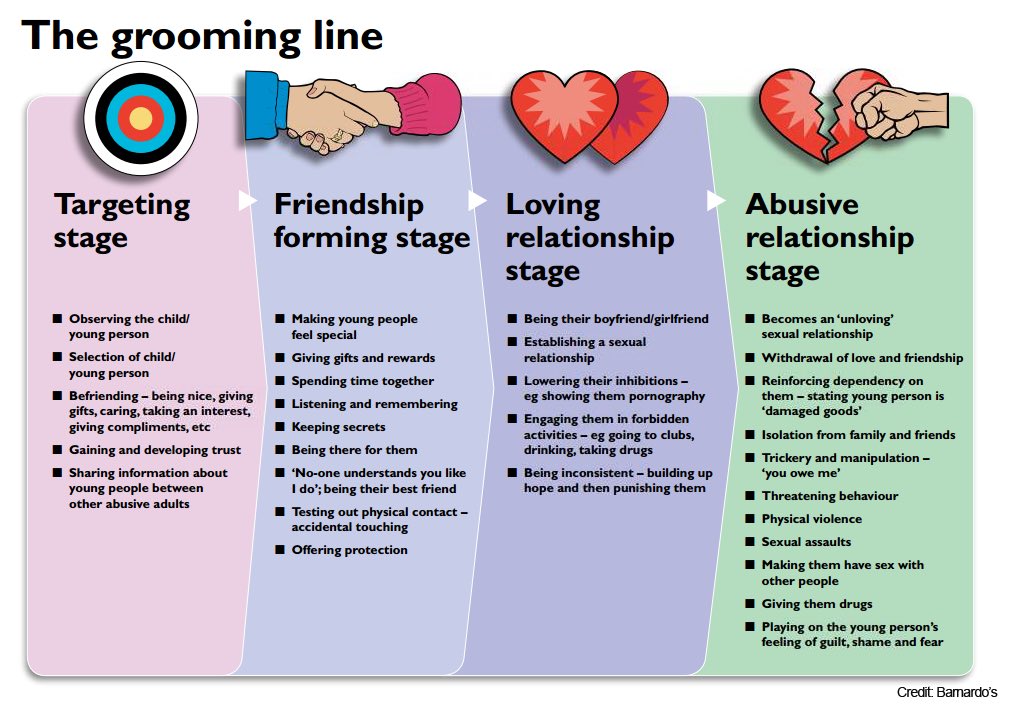 Tell him that you hate to punish him, tell him that you still love him, but you don’t like certain actions in his behavior.
Tell him that you hate to punish him, tell him that you still love him, but you don’t like certain actions in his behavior.
And the last thing, of course, the most important thing - in any punishment you need to be guided by love! Punishment in education, along with encouragement, pursues the main goal - the good of the child. Therefore, it should be dictated by parental love!
Yours sincerely, Sokolova N.N.
How to properly punish a child: 10 important rules
One of the eternal questions of parents, a cause for anxiety and worry, heated discussions and disputes - should children be punished or not? And if yes, then how to do it right, so as not to harm the unstable child's psyche? And if you do not punish, then where is the guarantee that the child will not grow up as a spoiled egoist, ready at any moment to sit on the neck of kind-hearted parents and turn into a real tormentor? About this "Oh!" said family psychotherapist and clinical psychologist Maria Merolaeva.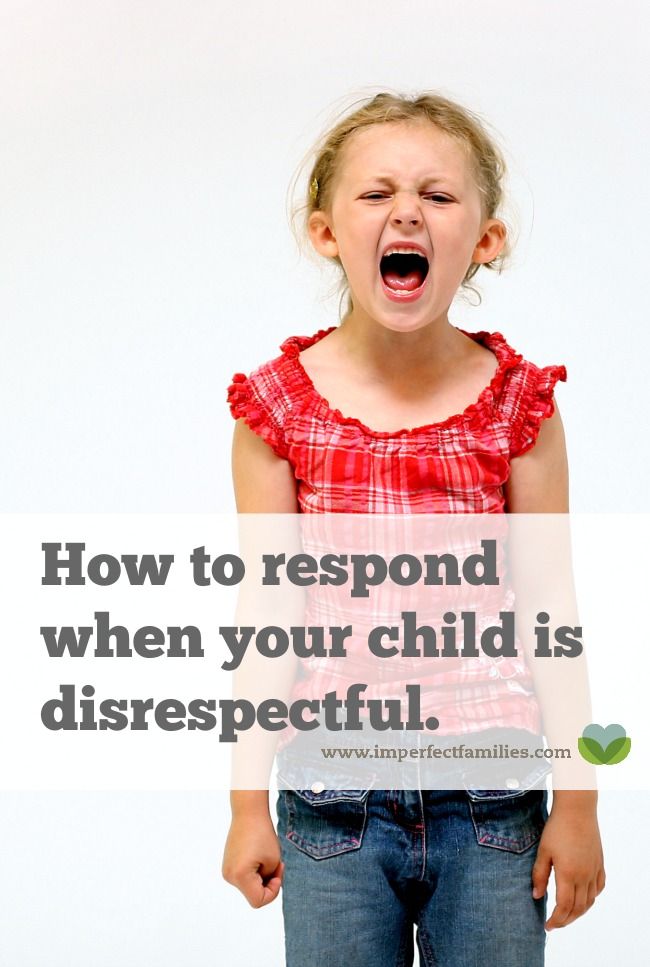
Maria Merolaeva, clinical psychologist, family psychotherapist
Some parents believe that a child is a source of sins and vices, it is necessary to punish him, using physical force, not sparing, otherwise nothing good will grow out of him. As a rule, they defend their position by saying that “we were beaten in childhood, and we grew up to be good people”, citing as an example those who grew up “not very”, which means, most likely, “they beat us a little”. The meaning of such a model of education is to subordinate the will of the child to himself, "so that he does not do stupid things."
The other extreme is avoiding any punishment, justifying it by saying that the child is “small, he just doesn’t understand what he is doing, he doesn’t do it on purpose, you just need to be able to negotiate with him” and so on. Thus, parents, without noticing it themselves, remove responsibility from their child. This model has become widespread in connection with the growth of the "value of the child" and denies the very idea of \u200b\u200bthe family hierarchy.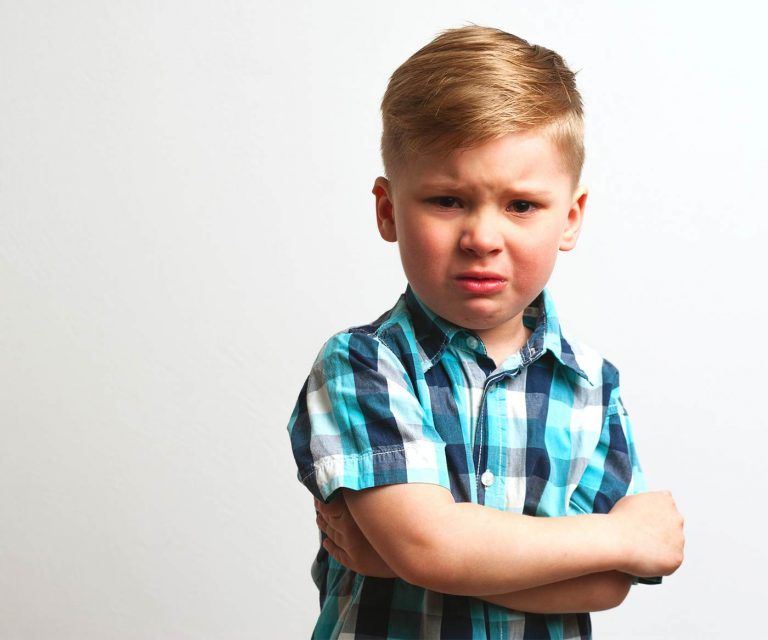
In fact, neither the first nor the second option is allowed. It is impossible to use physical and moral violence (to threaten, not to talk, blackmail, shout) to a child in any case. Of course, there are cases when a parent, under the influence of emotions, loses control and can spank or raise his voice, but deliberately making a child suffer means not leaving him a chance to develop such feelings as compassion, regret, not giving him the opportunity to realize that he is important and expensive.
Most often, parents leave the child completely unpunished, who are afraid of offending him, harming him, perhaps giving in to children's tantrums and anger, trying by any means to minimize their manifestations, or in the case of pedagogical neglect, when there is simply no strength to educate and it is easier to be allowed to do whatever you want than to try to change the behavior of the baby.
To figure out how to punish a child in a way that makes sense, you need to understand what punishment is, what is its purpose? What do we as parents want to achieve by punishing our children?
Etymologically, the word "punishment" comes from the verb "to show" - that is, to instruct, show.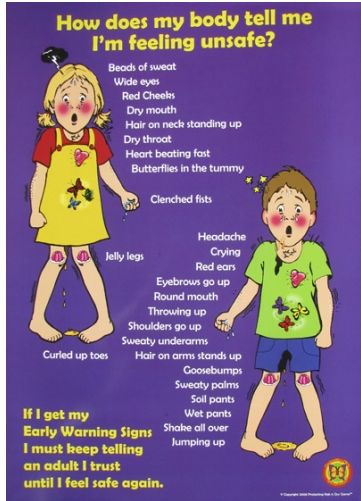 Then it is logical that "punishment" is something that we use in order to direct the child on the right path, to outline for him the boundaries of what is permitted. As a rule, when punishing, we want the best for our children - so that they understand what is good and what is bad, grow up as "real", "worthy" people, do not make irreparable mistakes in their lives, become better than us.
Then it is logical that "punishment" is something that we use in order to direct the child on the right path, to outline for him the boundaries of what is permitted. As a rule, when punishing, we want the best for our children - so that they understand what is good and what is bad, grow up as "real", "worthy" people, do not make irreparable mistakes in their lives, become better than us.
Then the next question is: what should be the punishment for the child to really realize that he did wrong, learn from what happened and learn from the experience? Will we achieve these lofty goals by raising a child with the help of carrots and sticks? Of course not. The only thing we can teach with such methods is to be afraid of punishments and parents, to try to earn encouragement, rewards - and all this without really thinking about what happened.
In order for punishment to be useful, and not just a way to relieve an upset, tired, helpless parent, the following rules must be observed:
-
The main rule stems from the basic need that every child has - the need for affection.
 A parent for a child is, first of all, a source of protection, children need the care of a strong and responsible adult who is a priori higher and dominates, but not in order to subjugate and oppress, but in order to help and protect. When a secure attachment is formed, a very close bond is established between the child and the parent, which greatly simplifies the interaction and makes the baby obedient. When punishing a child, it is important to maintain a respectful attitude towards him.
A parent for a child is, first of all, a source of protection, children need the care of a strong and responsible adult who is a priori higher and dominates, but not in order to subjugate and oppress, but in order to help and protect. When a secure attachment is formed, a very close bond is established between the child and the parent, which greatly simplifies the interaction and makes the baby obedient. When punishing a child, it is important to maintain a respectful attitude towards him. -
In order for the lesson to be learned, the child, first of all, must understand, realize what he is wrong about, feel the consequences of his misconduct. And these consequences are not the belt or the cry of an angry parent, not the deprivation of sweets or the prohibition to leave the house. It is something that follows directly from what has been done. For example, if you were late home and didn’t call, it means that you don’t know how to plan your time and it’s too early for you to go out in the evenings with friends.
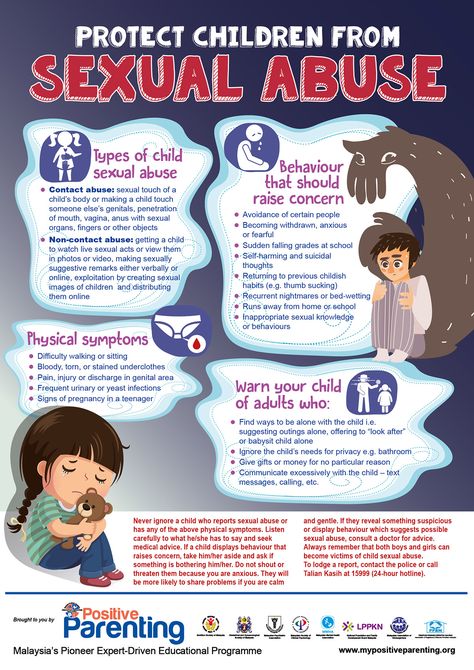 You scream and cry on the playground or in the store - I'm very sorry, but it spoils my mood so much that now I don't want to continue the walk anymore and we will have to return home. If you didn’t do your homework on time, then you have to do it before going to bed instead of a cartoon or evening reading. If you offended someone and did not apologize, then they will no longer want to play with you. The essence of this method is that for every action the child receives a response from life itself. This helps him gain an orientation in how the world works. It is this tactic that teaches children to anticipate the consequences of their actions in the future, to feel regret for what turned out badly.
You scream and cry on the playground or in the store - I'm very sorry, but it spoils my mood so much that now I don't want to continue the walk anymore and we will have to return home. If you didn’t do your homework on time, then you have to do it before going to bed instead of a cartoon or evening reading. If you offended someone and did not apologize, then they will no longer want to play with you. The essence of this method is that for every action the child receives a response from life itself. This helps him gain an orientation in how the world works. It is this tactic that teaches children to anticipate the consequences of their actions in the future, to feel regret for what turned out badly. -
Under no circumstances should a child have doubts that his parents love him for who he is. He must understand that he will be accepted regardless of his actions. That is why when punishing, it is important to focus on the offense, and not on the personality characteristics of the child.
 If, for example, a kid, while playing with food, spills soup, you should not tell him that he is a "blunder" - just explain why his act is bad and offer him a cleaning rag to consolidate the experience gained.
If, for example, a kid, while playing with food, spills soup, you should not tell him that he is a "blunder" - just explain why his act is bad and offer him a cleaning rag to consolidate the experience gained. -
When punishing a child, you should focus on staying in an adult position. If at the moment of a conversation with a child the parent feels irritation or despair, this means that he has been knocked out of the position of an adult. This often happens when children's tears, whims and tantrums awaken the inner child in us - then we become helpless. In this case, you should ask yourself the question "How old am I now?", step aside, cool down a bit and only after that return to the conversation. For example, in a situation where a child refuses to turn off the TV, but a large number of cartoons is definitely not good for him, a mother from an adult position can say this: “I'm sorry, but I can't let you watch the second cartoon, because if you watch two in a row, then you have a tantrum, and everyone’s mood deteriorates.
 ”
” -
Be consistent, consistent, and predictable in your demands and responses. This means that within the family there must be some unified concept of what is possible, what is not, what is good and what is bad. The child must be initiated into the nuances of this concept and firmly know what he can be punished for. At the same time, the way the parents react should not depend on the mood, the weather outside the window and the time of year. For example, if a mother in a good mood asks a child to turn off the TV, and he starts to act up and does not turn it off, she, smiling, allows him to continue. But in the same situation, if the mother is in a bad mood, she starts to quarrel, scream and most likely punish the baby. In this state of affairs, the child is simply not able to learn what he can and cannot do.
-
It is very important to use so-called "temporary" language, rather than permanent language, when talking to a child about bad behavior. For example, “You just broke a toy, now you have to play without it for a while” instead of saying “You always break everything! I will never buy you toys again.
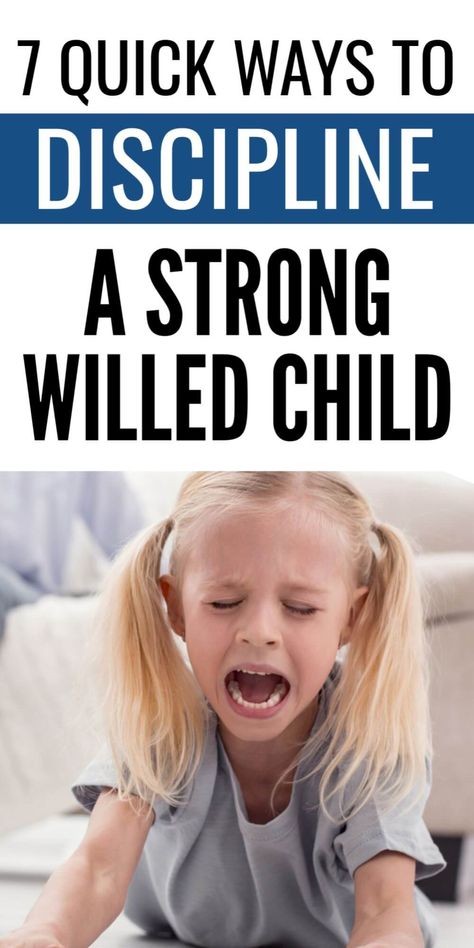 ” Using words such as “never, never, to anyone,” you risk not fulfilling this promise and losing trust.
” Using words such as “never, never, to anyone,” you risk not fulfilling this promise and losing trust. -
Punishment must be age-appropriate. It is useless to try to explain something and give lectures to a two-year-old kid, because he is simply not able to learn what you are telling him about and cannot concentrate voluntary attention for more than five minutes. In the same way, it does not make sense as a punishment to forbid a teenager to eat sweets.
-
Punishment must be just and proportionate to the seriousness of the act.
-
In no case should you frighten and intimidate a child - this is a sure way to teach him to lie and get out.
-
Always, under any circumstances, remember the greatest value that we have - the emotional connection with the child. After all, if you think about it, it becomes obvious that not a single spoiled sofa or a bad mark at school, an extra 30 minutes at the computer or a lost phone is worth breaking this connection, darkening the image of the inner parent that each of us hears somewhere in soul when it needs protection, support, love and acceptance.











